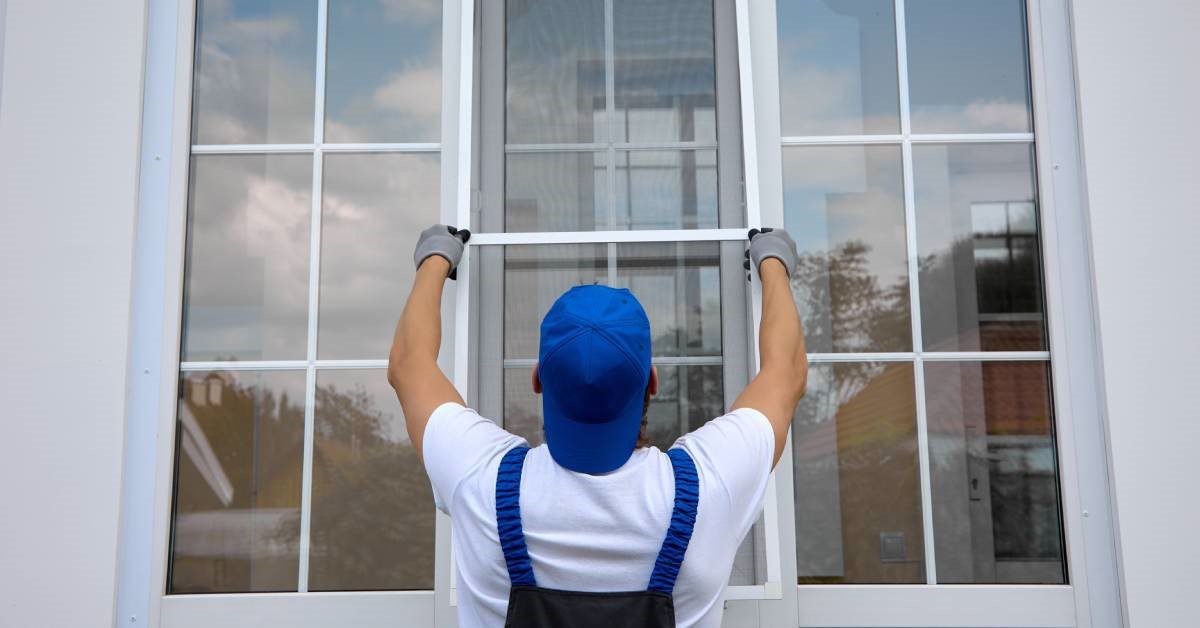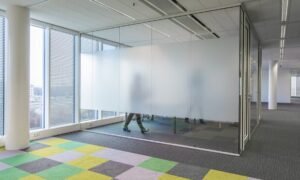Windows are essential components of any home or building. They provide natural light, ventilation, insulation, and contribute to overall aesthetic appeal. However, over time, windows can become inefficient, damaged, or outdated. Proper window installation is crucial to ensure energy efficiency, safety, and long-lasting performance.
This guide explores the importance of window installation, the different types of windows, the installation process, and maintenance tips to maximize the lifespan of your windows.
Why Window Installation Matters
Installing windows correctly is more than just putting glass into frames. Professional installation ensures optimal performance, durability, and energy efficiency.
- Energy Efficiency
Improperly installed windows allow drafts and air leaks, increasing heating and cooling costs. Correct window installation seals gaps and ensures proper insulation.
- Safety and Security
A poorly installed window can compromise safety. Proper installation ensures that windows are secure, stable, and resistant to forced entry.
- Structural Integrity
Windows support the building envelope. Proper installation maintains the structural stability of the frame and prevents water intrusion that can lead to rot or mold.
- Aesthetic Appeal
Well-installed windows enhance curb appeal, complement architectural style, and improve interior lighting and ambiance.
- Longevity
Correct installation reduces wear and tear, preventing premature repairs or replacement.
Types of Windows for Installation
Choosing the right type of window is key to maximizing functionality and aesthetics.
- Single-Hung Windows
The bottom sash moves while the top sash remains stationary. They are cost-effective and easy to maintain.
- Double-Hung Windows
Both sashes move, providing better ventilation. They are popular in many residential settings.
- Sliding Windows
Open horizontally on tracks, ideal for wide openings and modern aesthetics.
- Casement Windows
Crank-open windows that provide excellent ventilation and airtight seals.
- Awning Windows
Hinged at the top, they open outward and are ideal for rain-prone areas.
- Bay and Bow Windows
Extend outward from the wall, providing extra space and panoramic views.
- Fixed or Picture Windows
Non-operable windows that maximize natural light and outdoor views.
- Specialty Windows
Custom shapes and sizes tailored for unique architectural designs.
Step-by-Step Window Installation Process
Professional window installation involves several critical steps to ensure precision and quality.
- Measurement and Planning
Accurate measurements prevent gaps and misalignment. Installers assess window type, frame material, and structural requirements.
- Removal of Old Windows
The previous window is carefully removed, preserving the surrounding structure and minimizing debris.
- Preparing the Opening
The rough opening is cleaned, leveled, and insulated. Flashing and waterproofing are installed to prevent leaks.
- Frame Installation
The new window frame is positioned, leveled, and secured. Shims ensure proper alignment and operation.
- Sealing and Insulation
Gaps between the frame and wall are filled with insulation foam or caulk. Proper sealing prevents air and water leaks.
- Glass Installation
Glass panes are inserted, and glazing or sealants are applied to secure them in place.
- Hardware and Trim
Locks, handles, and other hardware are installed. Interior and exterior trim complete the aesthetic finish.
- Final Inspection
Installers check for smooth operation, airtight seals, and proper alignment. Any adjustments are made to ensure optimal performance.
Choosing the Right Materials
The material of your window frames influences durability, maintenance, and energy efficiency.
- Vinyl Windows
Low maintenance, affordable, and energy-efficient. They resist rot and require minimal upkeep.
- Wood Windows
Aesthetic and traditional, offering excellent insulation but requiring regular maintenance.
- Aluminum Windows
Strong, durable, and lightweight, ideal for modern designs but less energy-efficient than vinyl or wood.
- Fiberglass Windows
Extremely durable, resistant to weather, and energy-efficient, though generally more expensive.
Benefits of Professional Window Installation
- Accurate Fit and Finish
Professionals ensure windows are installed precisely, avoiding leaks or operational issues.
- Time and Cost Efficiency
Expert installation prevents errors that can lead to additional repair costs and wasted materials.
- Warranty Protection
Many professional installers offer warranties on materials and workmanship.
- Enhanced Energy Efficiency
Properly installed windows reduce energy loss and lower utility bills.
- Safety Assurance
Professionals handle heavy glass and complex frames safely, minimizing the risk of injury.
Common Mistakes to Avoid
- DIY Installation Without Experience
Incorrect installation can cause leaks, drafts, and damage.
- Ignoring Measurements
Even small measurement errors lead to poor fit and functionality issues.
- Neglecting Weatherproofing
Failure to properly seal windows can result in water damage and mold.
- Using Incorrect Materials
Incompatible frames or sealants reduce window performance and durability.
- Skipping Final Inspection
Not checking alignment or operation can cause long-term problems.
Maintenance After Installation
Proper care extends the life of your windows and preserves their functionality:
- Regular Cleaning: Keep glass and frames free of dirt and debris.
- Inspect Seals: Replace worn weatherstripping and check caulk.
- Lubricate Hardware: Ensure smooth operation of hinges, locks, and cranks.
- Check for Moisture: Prevent water damage by addressing leaks promptly.
- Seasonal Inspection: Examine for drafts, cracks, or misalignment at least twice a year.
Cost Considerations
The cost of window installation depends on:
- Window Type: Single-hung, double-hung, casement, or specialty windows vary in price.
- Frame Material: Vinyl, wood, aluminum, or fiberglass affect material costs.
- Labor: Professional installation fees depend on complexity and location.
- Energy Efficiency Upgrades: Adding Low-E glass or insulated frames may increase initial costs but lower long-term energy bills.
Investing in professional installation often results in long-term savings and improved home comfort.
Environmental Benefits of Window Installation
Upgrading and installing energy-efficient windows reduces energy consumption and carbon footprint. Maintaining durable windows also reduces waste, contributing to a more sustainable home.
Conclusion
Proper window installation is essential for energy efficiency, safety, aesthetic appeal, and long-lasting performance. Whether replacing old windows or upgrading to modern energy-efficient models, professional installation ensures the best results.
By selecting the right window type, material, and installation method, homeowners can enjoy enhanced comfort, reduced energy bills, and improved property value. Timely installation prevents costly repairs and ensures that your windows provide reliable performance for years to come.



































